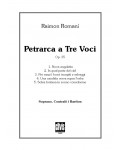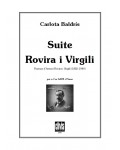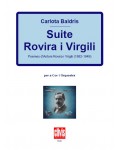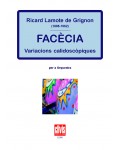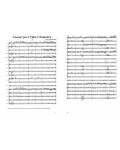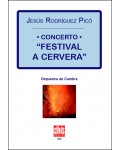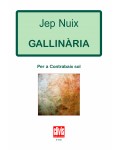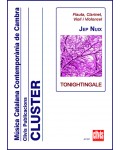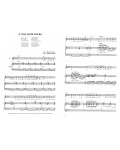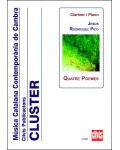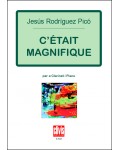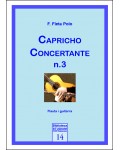
No products
Prices are tax included
Product successfully added to your shopping cart
There are 0 items in your cart. There is 1 item in your cart.
- English
- Castellano
- Català
Digital Sheet Music There are 449 products.
Subcategories
-
Petrarca a Tre Voci Op. 35
Edition: Digital[Purchasing this item provides you a licence to make 12 copies of it]
5,20 € -
-
-
Facècia
Edition: DigitalThe work Facècia reflects the humorous and light-hearted nature that the title announces but the latter conceals a very elaborate work based on variation and counterpoint. The original piece hails from Ampurdan in Catalonia, and is dealt with ten times, using traditional variation resources: extension, diminution, retrogression, inversion, glosa, etc.
21,18 € -
-
Concerto Festival a Cervera
Edition: DigitalWhen the author composed this piece drew on three reference points, the first of which being Baroque instrumental music; the second reference is the sounding of bells typical of the city of Cervera; thirdly, there are allusions to compositions from Stravinsky's second period.
21,78 € -
Gallinària
Edition: DigitalThis is a virtuoso piece that explores the potential of the double bass's sound; a kind of study with room for interpretation.
5,45 € -
-
-
Quatre poemes
Edition: DigitalThe work Quatre Poemes (Four Poems) for clarinet and piano arose from four poems of Joan Brossa: these are inspired by the frivolous spirit and the elements of reflection and surrealism, and are based on a hidden rhythmic beat over which the two instruments dialogue.
7,27 € -
C’était magnifique
Edition: DigitalThis melody, taken from the repertoire of the chansonniers, is also representative of a musical repertoire that interested Poulenc, one which he made use of in the third movement of his Clarinet Sonata.
7,56 € -
Capricho concertante núm. 3 (1987)
Edition: DigitalCapricho concertante no. 3 is a two-movement piece for flute and guitar. In this work, the order of the factors does not change the product, since both instruments are given the same concertante treatment, without giving either instrument prevalence over the other.
8,72 €







